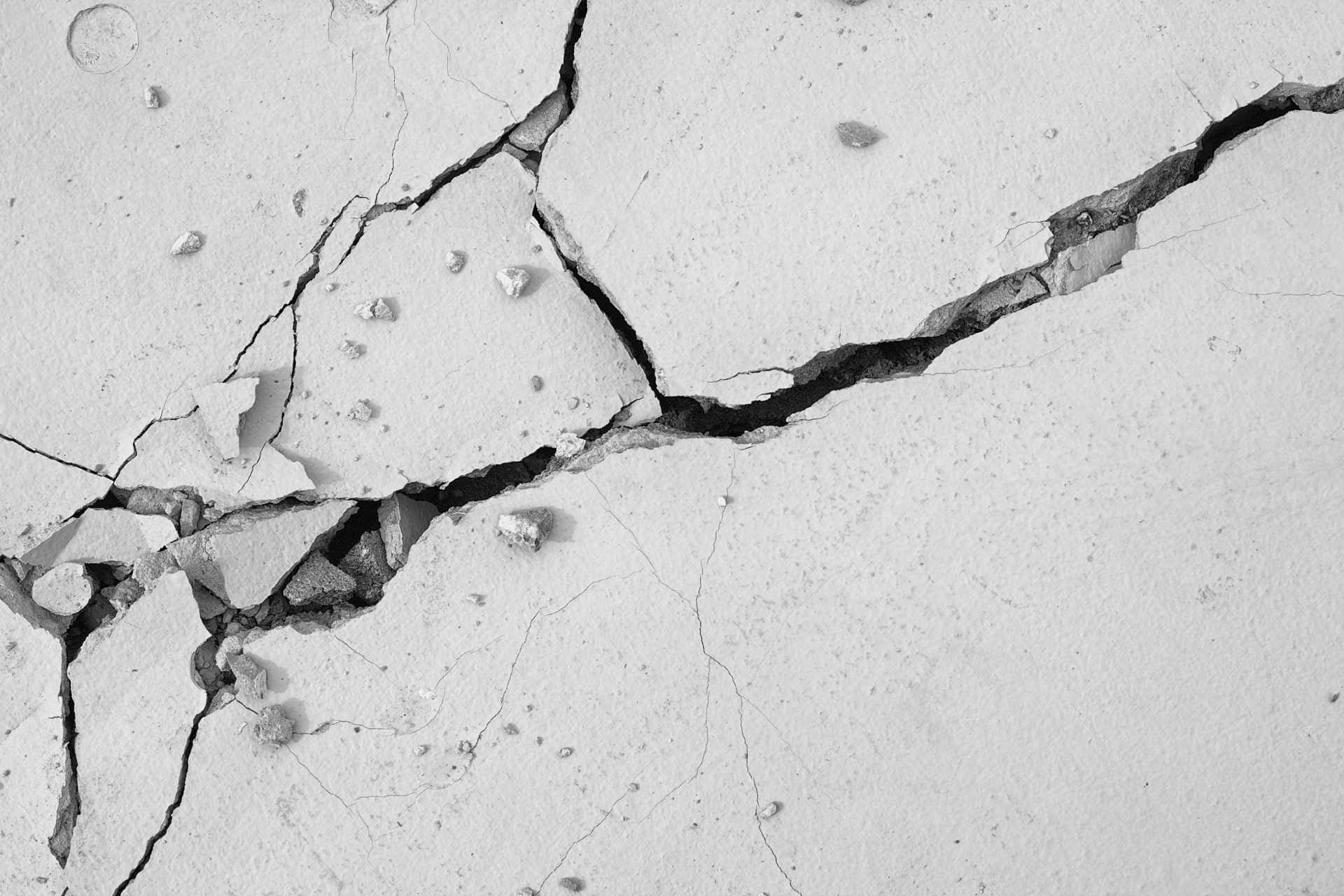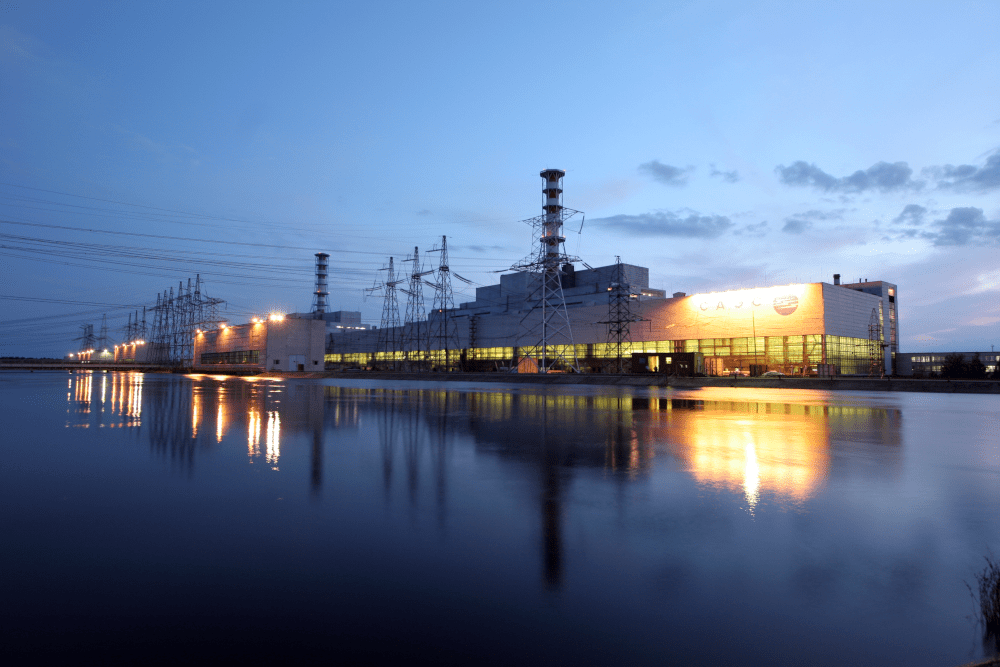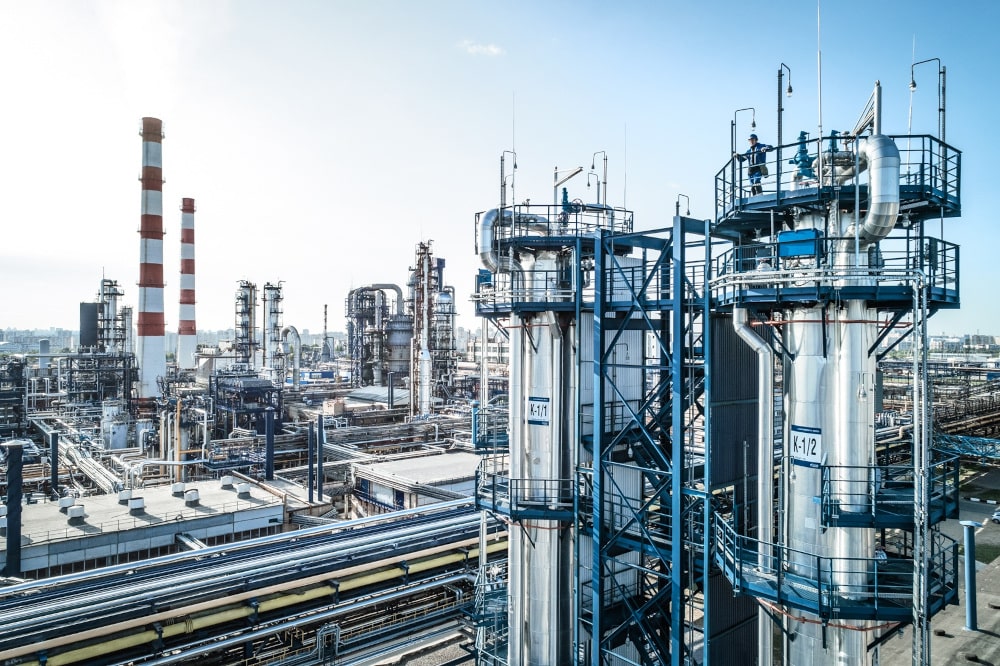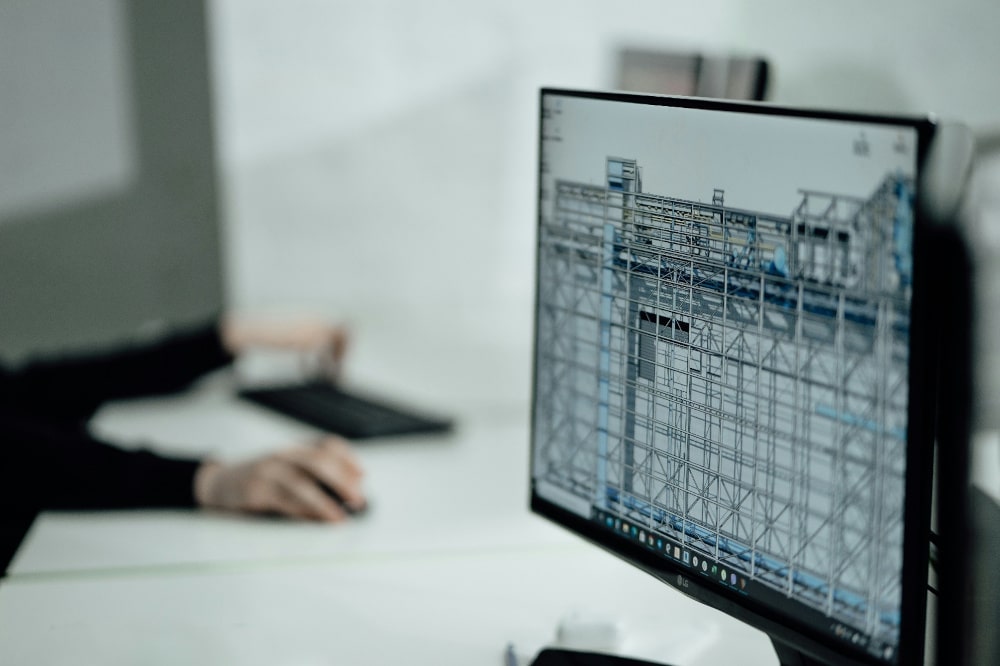Journal of Applied Mechanics and Technical Physics 2021, Vol. 62, No. 7, pp. 1176–1189.
Authors: S. M. Gertsik, Yu. V. Novozhilov, D. S. Mikhaluk.
DOI: 10.1134/S0021894421070099
The work considers the deformation and fracture of a reinforced concrete slab under the effect of an air shock wave. The research involves data from the “Blind Blast Test” experimental case. The slab is loaded by detonating an explosive in a shock tube. The numerical and experimental results are compared quantitatively and qualitatively. Quantitative comparison is made for the history of movement of key points of the reinforced concrete slab during deformation. Qualitative comparison is made for photographs of the destruction of a real reinforced concrete slab and distribution of the damage fields obtained by calculation. The numerical simulation is carried out using LS-DYNA code and the finite element method with an explicit time integration scheme. The CSCM (Continuous Surface Cap Model) model is used to model the concrete material. This model assumes that that the material is isotropic and has a three-invariant yield surface. The strength characteristics of the material depend on the rate of loading, and its damage is considered separately for compressive and tensile loads, which allows taking into account the partial recovery of compressive strength. The mathematical description of the model is given as part of the paper. Steel reinforcement of the concrete slab is modeled explicitly with beam finite elements. Finite element meshes of the concrete volume and reinforcing elements are coupled by means of kinematic dependences, automatically created by the design code. The properties of the reinforcement material are specified within the classical theory of elastoplastic flow with the criterion of limiting states in the Huber–Mises form and taking into account viscoplastic effects. The influence of boundary conditions, practical mesh convergence, and the capability of the mathematical model to predict the location of zones of material failure, displacement, and deformation of the structure are studied.

.png)





